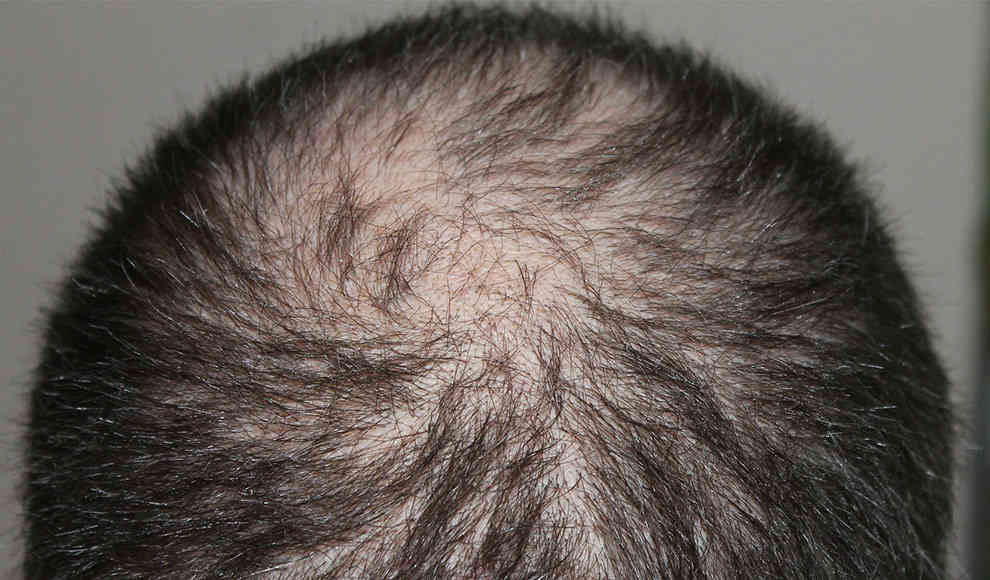Scientists in the United States have developed an alternative approach to hair transplantation that involves transplanting cells under the scalp instead of hair. For many people, balding or receding hairlines can be a nightmare, especially at a young age. However, researchers at the Columbia University Medical Center have developed a new method that involves transplanting cells that can later grow into hair follicles. This process typically only occurs in the body before birth or after skin injuries. While previous attempts to transplant these cells in humans have failed, the scientists have now found a solution by using a three-dimensional cell culture in droplet form that preserves the hair-producing properties of the cells.
The researchers extracted cells from seven men with hereditary hair loss and multiplied them in human skin before transplanting them onto the backs of mice. In five of the seven experiments, new hair follicles formed within six weeks, and a DNA test confirmed that the hair was of human origin and matched the donor. However, some of the hair was not strong enough to penetrate all layers of the skin. Before the new method can be tested on humans, several questions need to be answered, such as what factors determine hair color or growth direction, and there are currently no long-term studies or cost estimates available.
Millions of people in Germany alone suffer from hair loss, and while medication or other therapies can delay hair loss or stimulate hair growth, they cannot guarantee hair growth in bald areas. Hair transplantation is currently the only alternative, but it can be expensive, costing between €20,000 and €30,000 in Germany. As a result, many people opt for hair transplantation abroad, where the same procedure can cost half or even less.
In conclusion, the new method of hair transplantation using cells instead of hair has shown promising results in mice, but further research is needed before it can be tested on humans. While hair transplantation remains the only viable option for balding individuals, the high cost of the procedure has led many to seek alternatives abroad.










